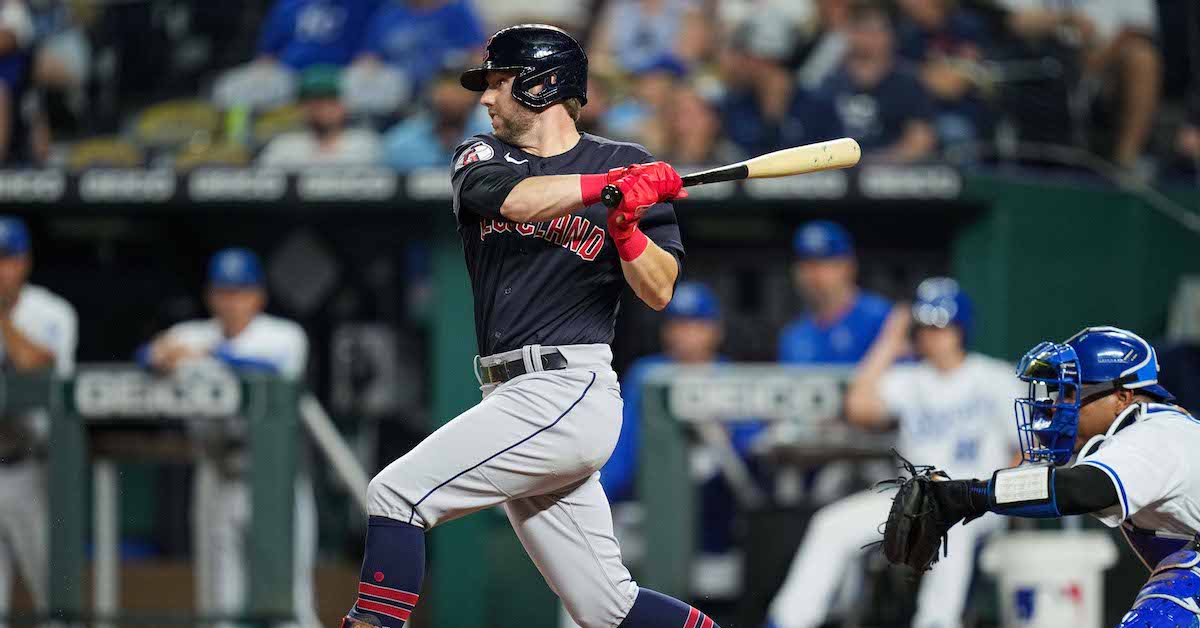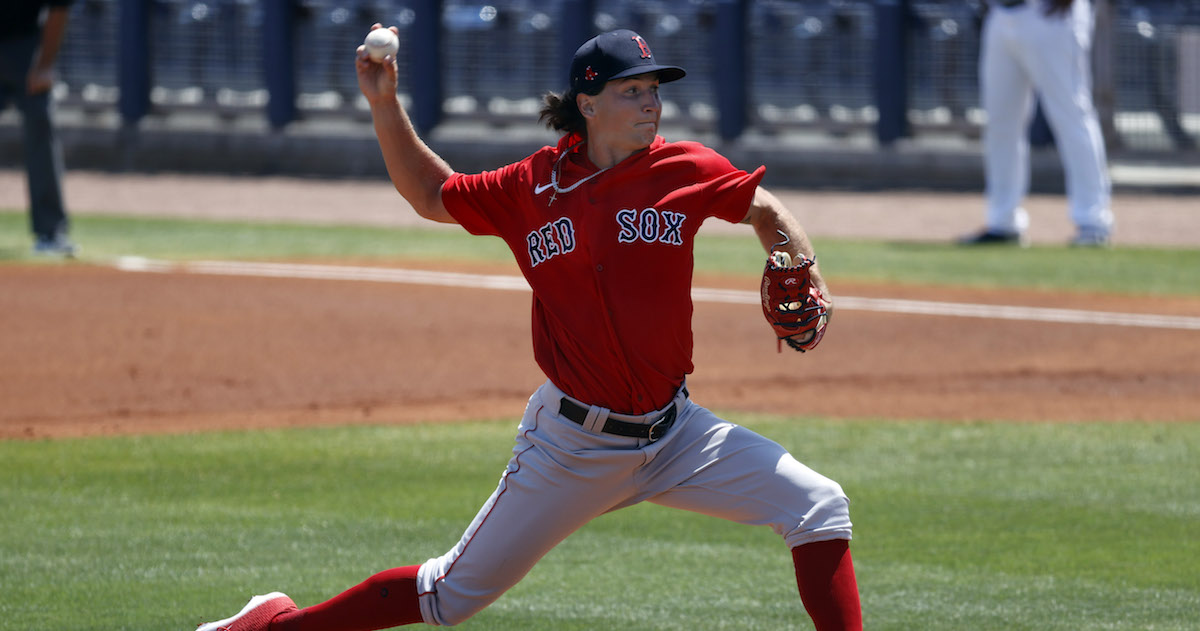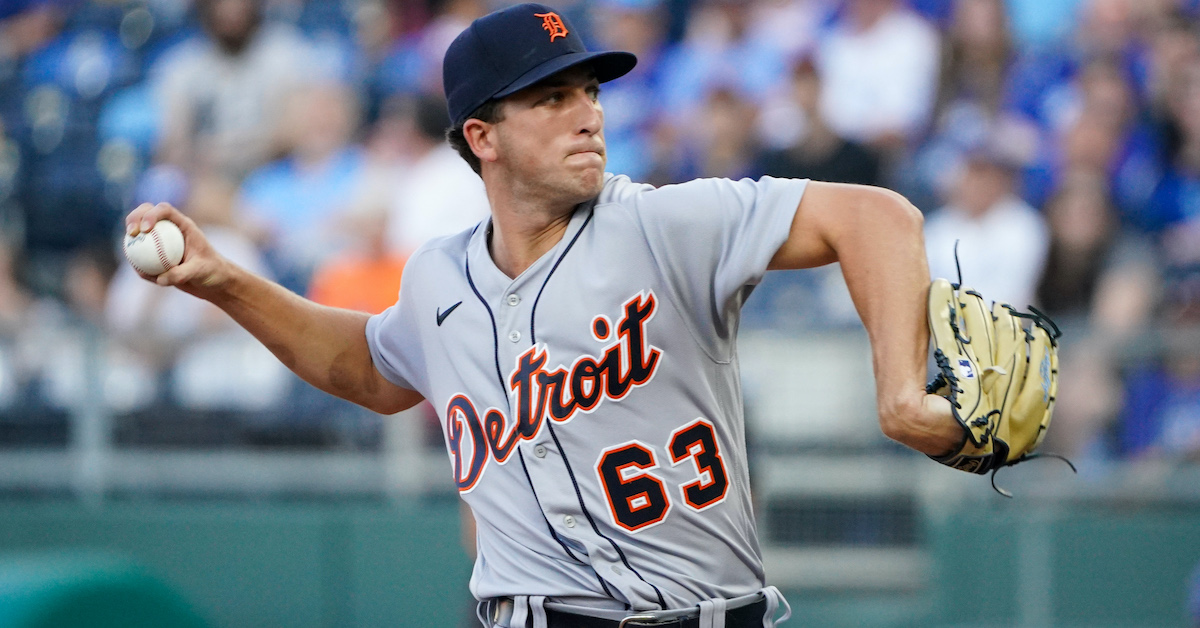Angels Prospect Ryan Smith Is Hungry for Success

Ryan Smith is a left-handed pitching prospect in the Los Angeles Angels system. Taken in the 18th round of the 2019 draft as a senior out of Princeton University, he is, and always has been, an intellectual player. In fact, he spends time in the offseason tutoring high schoolers preparing for the SAT, a rather unorthodox job for a minor league player. After a 25.1-inning rookie ball debut his draft year, he lost out on a key developmental season due to the pandemic but came prepared for the 2021 season with increased velocity and a hunger to perform.
That year, Smith threw 129.1 innings across four different levels. A workload like that in your first full professional season is extremely uncommon. Indeed, coming off the lost 2020 campaign, many pitchers decreased their workloads. For that reason, Smith has had a unique path. His performance was good enough to rise all the way up to Triple-A in his first full season, but his adjustment to the Pacific Coast League has been a work in progress. I spoke to him about that adjustment, its impact on his game, and his repertoire earlier this month.
…
Esteban Rivera: What does your pitch mix look like right now, and how has it changed since rookie ball?
Ryan Smith: “I throw a four-seamer with slightly above-average vertical break, but the velo range has been all over the place in pro ball. In rookie ball, the average was around 92 with a couple of outings in the 95-96 range. 2021 it was up to 97-98 in spring, but mostly sat 92-95 the first couple of months, then dropped down to 91-94 in the second half. This past year, my carry was down a bit playing mostly at high altitude, and my velo was 91-93. I’m hoping for it to come back after a velo program I’m on for the winter. I think it was down after the high workload in 2021 after no innings in 2020.” Read the rest of this entry »









